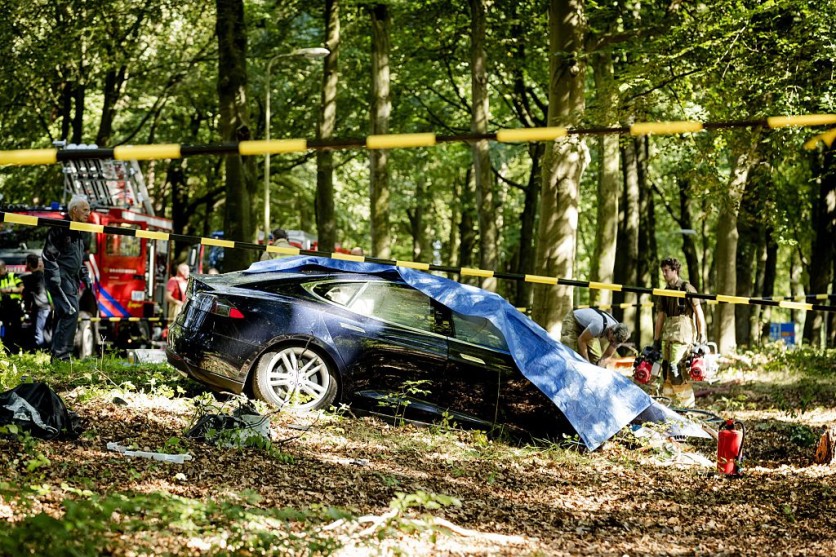
The National Transportation Safety Board's (NTSB) probe into the collision of a Tesla in Texas two years ago, in which two men were killed, seems to have uncovered an explanation for why no one was discovered behind the wheel.
The catastrophic incident occurred on April 17, 2021, in the Houston suburb of Spring.
Tesla's Autopilot System
In a report issued this week, as featured on NBC News, investigators found that the 59-year-old Tesla driver had presumably relocated to the rear seat after smashing into the front airbag, deforming the steering wheel.
Despite speculation that Tesla's Autopilot partly automated driving technology may have been in operation at the time of the collision, the NTSB concluded that the system could not have been activated on the roadway issue owing to the absence of lane markings.
The Traffic Aware Cruise Control feature on the automobile would have functioned up to the suburban road's maximum speed of 30 mph, according to the report's findings.
Two seconds after striking the first of two trees at 57 mph, the 2019 Tesla accelerated to 67 mph before exploding into flames due to a lithium-ion battery fire.
Five seconds before the collision, Tesla's event data recorder revealed acceleration "consistent with driver activity." The driver was wearing a seat belt.
The investigation noted that while the driver's seat was discovered unoccupied and the driver was located in the left rear seat, the existing evidence shows that the driver was sitting in the driver's seat at the time of the incident and moved into the back seat postcrash.
The agency claims that surveillance footage taken at the driver's residence shows the driver and passenger climbing into the front seats of the vehicle and driving away. Approximately 550 feet later, the vehicle left the road on a bend, struck a storm sewer inlet and elevated manhole, sideswiped a tree, and crashed into another tree.

Also Read : Tesla Crash Report: Bystanders Save Family After Pool Crash; Phantom Braking Incident Emerges
The Victims
As per the assessment, the driver was intoxicated and driving too fast, which led to a loss of vehicle control and a subsequent collision. The report indicates that the driver's blood-alcohol level was 0.151 milligrams per deciliter, which is over double the 0.08 milligrams per deciliter legal limit in Texas.
It also states that the driver's blood contained two sedating antihistamines that can be purchased without a prescription.
The autopsy revealed that the driver had died from many causes, including blunt force injuries, burns, and smoke inhalation. And the male passenger, age 69, died from burns and blunt force damage to the body and limbs.
Also Read : [VIRAL] Tesla Steering Wheel Detaches While Driving; Owner Disappointed With Automaker's Response

ⓒ 2025 TECHTIMES.com All rights reserved. Do not reproduce without permission.




